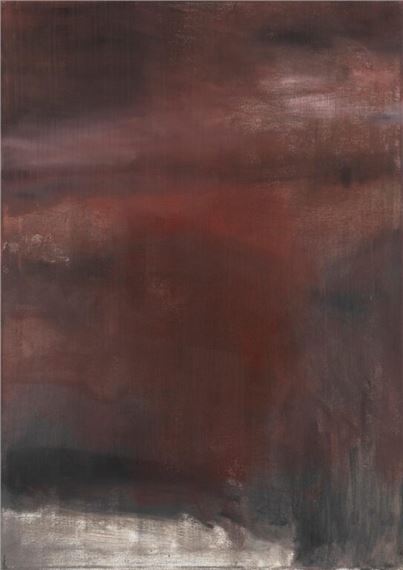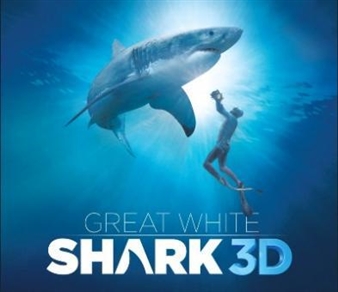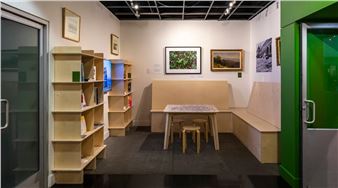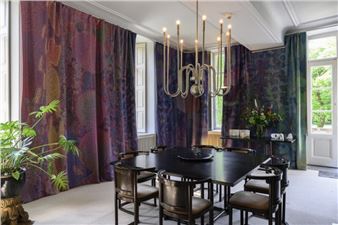Jana Marie Kolbert: Two Brothers
In her works, Jana Marie Kolbert deals with processes of mirroring, fragmentation and shifting identity. Her works examine how the self is formed in the gaze - and its absence. In painting, sculpture and expansive installations, she creates visual situations in which reflection is experienced not as confirmation but as irritation, as a break or a void.
Kolbert adds a multi-layered dimension to her examination of the mythological figure of Narcissus: the classic mirror relationship between figure and water is broken. In her interpretation, Narcissus is reflected in the lake, while the lake is simultaneously reflected in his eyes - a circular moment in which subject and object, observation and reflection merge.
In the works on canvas, however, this relationship falls flat: the sitter's eyes are closed or painted over in white - they withdraw from view, refusing to meet. What remains is a silent, introspective gesture - a portrait that turns away from itself. Reflection as visual feedback is undermined here, the representation of subjectivity breaks off.
With the glass sculptures, this rupture takes place on a material level. The objects no longer reflect images, but merely throw back light and shadow. Their surfaces appear folded, compressed, almost folded back into themselves - they could be understood as folded reflective surfaces in which only traces of presence and permeability, rather than the opposite, can be seen. Reflection is not understood here as an image, but as a structural process that eludes any fixed form. The targeted arrangement of mirror fragments in the glass sculptures creates dynamic surfaces whose form emerges from the act of refraction. The resulting objects are ambivalent - vulnerable and powerful at the same time. They refuse clear perspectives and instead create an oscillating, constantly changing visual experience.
Installative works extend this experience into the space. Curved metal surfaces reflect the light in flowing waves and envelop the viewer. The reflection becomes a spatial gesture - one that manifests itself not in the image, but in the body, in the movement, in the irritation of orientation. In this field of tension between visibility and withdrawal, a space for reflection is created in which the self is not found, but constantly renegotiated.

Recommended for you
In her works, Jana Marie Kolbert deals with processes of mirroring, fragmentation and shifting identity. Her works examine how the self is formed in the gaze - and its absence. In painting, sculpture and expansive installations, she creates visual situations in which reflection is experienced not as confirmation but as irritation, as a break or a void.
Kolbert adds a multi-layered dimension to her examination of the mythological figure of Narcissus: the classic mirror relationship between figure and water is broken. In her interpretation, Narcissus is reflected in the lake, while the lake is simultaneously reflected in his eyes - a circular moment in which subject and object, observation and reflection merge.
In the works on canvas, however, this relationship falls flat: the sitter's eyes are closed or painted over in white - they withdraw from view, refusing to meet. What remains is a silent, introspective gesture - a portrait that turns away from itself. Reflection as visual feedback is undermined here, the representation of subjectivity breaks off.
With the glass sculptures, this rupture takes place on a material level. The objects no longer reflect images, but merely throw back light and shadow. Their surfaces appear folded, compressed, almost folded back into themselves - they could be understood as folded reflective surfaces in which only traces of presence and permeability, rather than the opposite, can be seen. Reflection is not understood here as an image, but as a structural process that eludes any fixed form. The targeted arrangement of mirror fragments in the glass sculptures creates dynamic surfaces whose form emerges from the act of refraction. The resulting objects are ambivalent - vulnerable and powerful at the same time. They refuse clear perspectives and instead create an oscillating, constantly changing visual experience.
Installative works extend this experience into the space. Curved metal surfaces reflect the light in flowing waves and envelop the viewer. The reflection becomes a spatial gesture - one that manifests itself not in the image, but in the body, in the movement, in the irritation of orientation. In this field of tension between visibility and withdrawal, a space for reflection is created in which the self is not found, but constantly renegotiated.

 ARTISTS
ARTISTS













